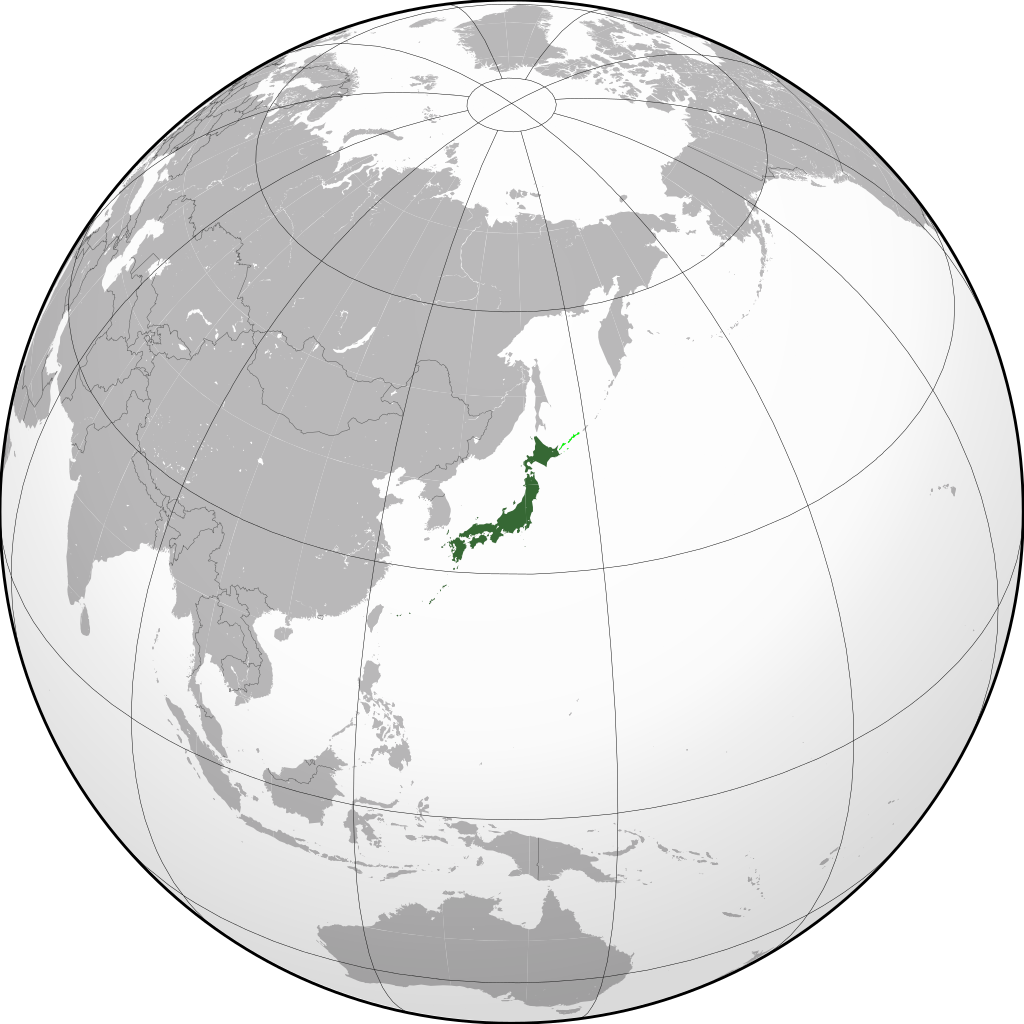I am going to start this thread by reposting an appeal for assistance with a Japanese text. During a recent online search, I found the following excerpt from a 1960s Japanese diving periodical.
I have been trying to transcribe it from an image to proper written characters using an online optical character reader that failed to recognise some of the characters because they were too smudged in the original. Here are the fruits of my labour so far:
どるふぃん研穷室
足鰭 (フィン)
(ダックフィート型フィン)
フィンは大别すると足の入る部分が靴のようなものと、ゴム芇でかかとを保持もるおのがある。
どちらを選んでも、自分の好みに合えば性能は大同小異である。大切な事は自分の足にゼッタリする事が铘ー条性である。大きすぎれば迸泳中に足から脱げるし、小さすぎれば足が癁れやすく、ひどければ苦渧である。
理般的なフィンに、アメリカ般フィン『ダックフィート』がある。これは各人の足のサイズに合わせるために15~16種類があり、靴をはいてから履ㄑもの、靴下をはいてから履ㄑもの、素足で履ㄑものに分かれている。これはかかとをゴム芾で保持するタイプであるが、芾の厚みも夯分で、ゴム背もガムラバ〡と栋して佞秀である。但し日本では買えないのが非芾に殁念である。
パシフィック型フィン
大、中、小を自分のサイズに合わせて過べるのはありがたい。ゴム質は良ㄑ、垏水には旗いが、使用中に爪先の郃分が破れやすいのは困る。とにかㄑ履いたまゝ破で歩ㄑのは靘対?物である。埐時問逰泳すると足が(脚ではない)掕れるは、足の入る部分が柔らかすぎて外の部分が埾すぎるのではないか?
アクアラング型フィン
パシフッィク型と同じ型能、性能である。フィンの背中に補強の骨がー本多いが、使用格は大荎ない。違うのは価格だけである。
(大サイズ)アクアラング型㇑九五〇ぺシフィック型㇑大〇〇
チヤンピオン型フィン
このフィンはフランス製のフィン、チャンピオンのコピ〡である。サイズがー種類しかないのは非芇に娊念であるが、どんな乱?に佒つても大丈夫である。埐時問逰泳しても?れないが、自分の足に合わないと、足とそれを支ぞるゴム芾がこすれて傷を作ることがある。予防法としては靴下、足?、ウェットス〡ツのプ〡ツなどを併用する。目下のところ日本?では最も使いをすいフィンである。し最近これをフランス人ダイバ〡に見せにところ『オールド·タイブ!』と驚ろいていた。
I passed the text above through Google Translate, which provided an English rendering that made sense, but I am sure that there are still errors in the original. Can anyone help by supplying the correct characters where there are mistakes?
Here is my own English translation so far:
Dolphin Lab
Foot fin (Fins)
(Duck Feet model fins)
Fins can be broadly divided into two types: those that have a shoe-like part where the foot goes in, and those that have a rubber strap that holds the heel in place.
Whichever you choose, as long as they suit your taste, their performance will be more or less the same. The most important thing is that they fit your feet perfectly. If they are too big, they will slip off your feet while you are swimming, if they are too small, your feet will go numb and if they are too tight, your feet will end up being pinched.
A common fin is the American “Duckfeet” fin. There are 15 to 16 models of this fin to fit the size of each person’s feet, divided into those to be worn over shoes, those to be worn over socks, and those to be worn barefoot. This model has a rubber strap at the heel, but the strap is very thick and the rubber bottom is made of gum rubber, which is very expensive. Unfortunately, it is not available in Japan.
Pacific model fins
I appreciate that you can choose large, medium and small fittings to suit your size. The rubber is good quality and water-resistant, but the toe part is prone to tearing during use, which is a problem. It is a little uncomfortable to walk with them on. When I go swimming, my feet (not my legs) get sore, so maybe the part where my feet go in is too soft and the outside is too hard?
Aqualung model fins
It has the same features and performance as the Pacific model. There are a few more ribs to reinforce the bottom of the fin, but they are not much use. The only difference is the price.
(Large size) Aqualung model – 950 Specific model – XX Large.
Champion model fins
These fins are copies of Champion fins made in France. It is a bit disappointing that there is only one size, but they will be fine, however rough the water gets. You can swim in them all day long, but if they do not fit your feet properly, the rubber straps that support them can rub against your feet and cause cuts. To prevent this, use them in combination with socks, footwear, wetsuit boots, etc. Currently, these are the most commonly used fins in Japan. I recently showed them to a French diver, who was amazed and said “What an old type!”
Please help if you can. I shall begin a review of the basic underwater products of Japanese diving manufacturer Ikari some time midweek.






